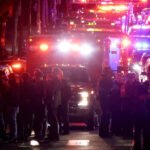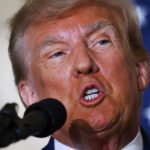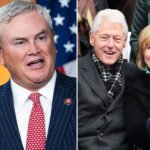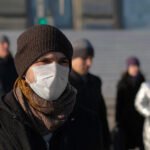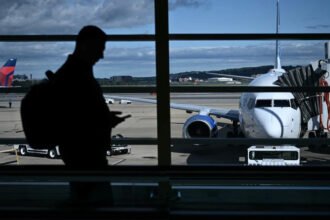In the Trump classified documents case, a new witness has emerged, offering invaluable insights into the inner workings of his sphere. This individual, a former Trump White House official, spoke to federal investigators on November 2, 2022, but with a caveat — a plea, really — not to record the interview. Why? Because, as the witness starkly put it, being recorded would pose an immense risk in what he termed “the Trump world.”
The fear of repercussions loomed large, prompting this witness, referred to as “Person 16” in documents, to decline the standard protocol of recording their discussion with FBI agents. Despite being warned of the anomaly of such a refusal, “Person 16” adamantly refused to allow the interview to be recorded, insisting that in “the Trump world, being recorded posed a far greater risk than any potential consequences of refusing.”
In recently unsealed court documents related to the criminal case, a redacted summary of the November 2022 interview conducted by the FBI with the witness, referred to as “Person 16,” has been disclosed.
This disclosure, detailed in an FD-302 form, adds another layer to the ongoing investigation into how classified documents found their way to Donald Trump’s Palm Beach residence post-presidency. It underscores the climate of intimidation and apprehension that persists among those who dare to cooperate with authorities in matters concerning the former president.
The revelation comes amidst a flurry of legal maneuvers, with internal government documents, including this redacted FD-302, becoming battlegrounds in the legal struggle between Trump’s defense team and prosecutors. While ordinarily shielded from public scrutiny, snippets of these documents have emerged, offering glimpses into the intricate web of relationships and power dynamics surrounding Trump and his associates.
Of particular interest is the portrayal of “Person 16,” described as having “free access” to Trump and the Oval Office during his presidency. This insider perspective highlights the routine transfer of documents, including classified ones, between the West Wing and the White House residence.
Moreover, the witness’s account challenges assertions that Trump had issued a blanket declassification order for documents removed from the White House. Instead, it suggests that such notions may have originated during prior FBI inquiries into Trump’s alleged mishandling of national defense information.
Intriguingly, the document also introduces “Person 24,” identified as former Trump aide Kash Patel, whose ambitions and contentious interactions with the witness paint a picture of a tumultuous inner circle vying for influence. Patel’s purported aspirations for higher office and his perceived lack of qualification underscore the chaotic atmosphere within Trump’s orbit.




